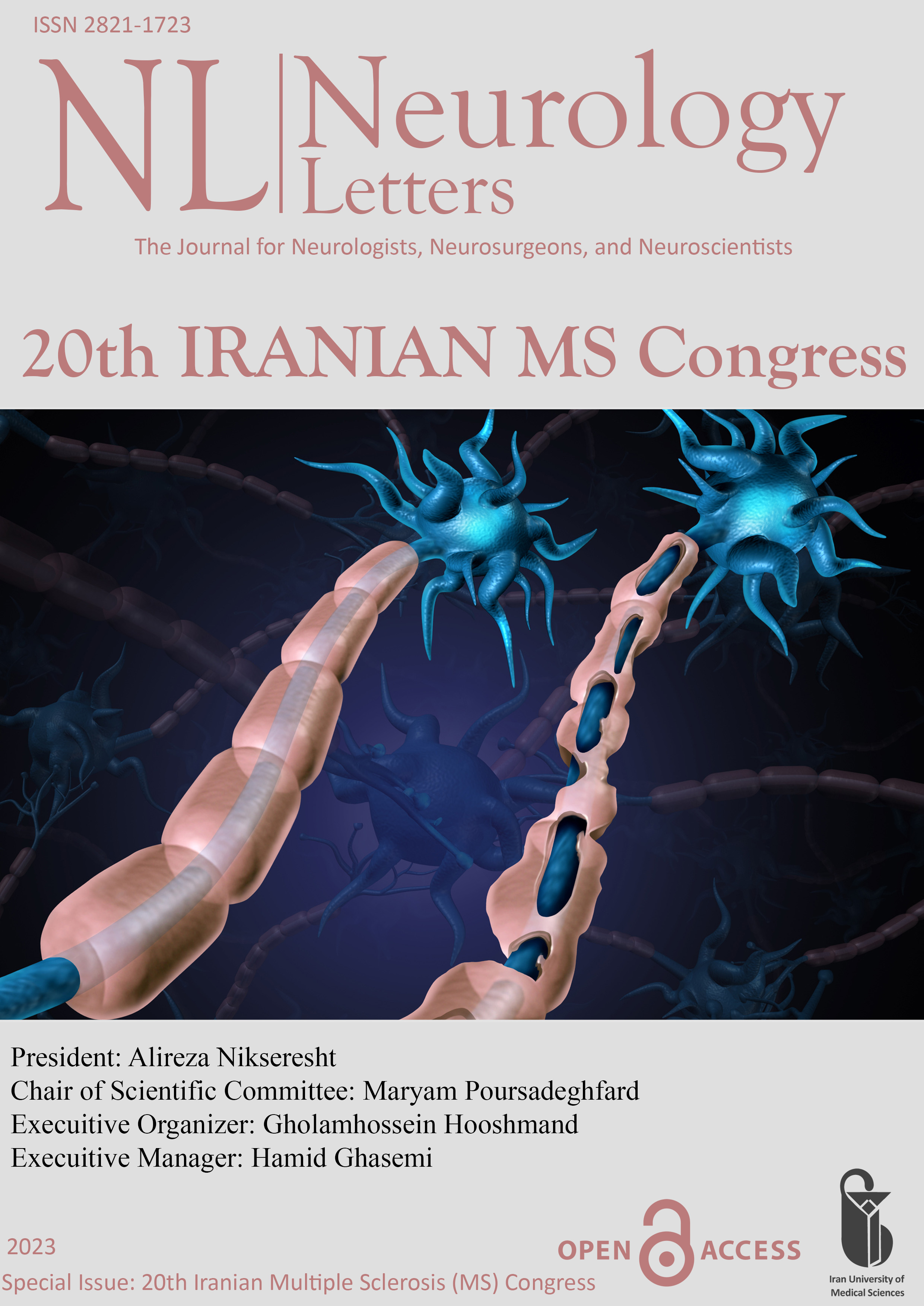A Systematic Review and Meta-analysis on Safety and Effectiveness of Extended-interval Dosing of Natalizumab in Patients with Relapsing-remitting Multiple Sclerosis: Is There Any Value in The Cost of Treatment? (PP-08)
Document Type : Poster Presentation
Authors
1 1. Department of Toxicology & Pharmacology, Faculty of Pharmacy, Tehran University of Medical Sciences (TUMS), Tehran, Iran 2. Toxicology and Diseases Group (TDG), Pharmaceutical Sciences Research Center (PSRC), Tehran University of Medical Sciences, Tehran, Iran
2 Department of Pharmacoeconomics and Pharmaceutical Administration, Faculty of Pharmacy, Tehran University of Medical Sciences, Tehran, Iran
3 Multiple Sclerosis Research Center, Neuroscience Institute, Tehran University of Medical Sciences, Tehran, Iran
Abstract
Background: Standard-interval dosing (SID) of natalizumab (i.e., 300 mg every 28 days) is approved for patients with relapsing-remitting multiple sclerosis (RRMS). Since patients taking natalizumab are at increased risk of developing progressive multifocal leukoencephalopathy (PML), some neurologists may consider extended-interval dosing (EID) regimen instead. However, there has been by far no consensus on the safety and effectiveness of the EID regimen.
Methods: We searched MEDLINE, EMBASE, Scopus, Web of Science, Cochrane Database of Systematic Reviews, and Clinical trials.gov until March 30, 2023. To evaluate the safety and effectiveness of EID (> 5 weeks) and SID (≤ 5 weeks) regimens of natalizumab, studies on RRMS patients aged> 18 years old were included. The primary effectiveness outcome was pooled Mean Difference (MD) of annualized relapse rate (ARR), and the primary safety outcome was pooled Risk Ratio (RR) of PML development. Additional outcomes were the pooled MD of the expanded disability status scale (EDSS) and pooled RR of new MRI activity.
Results: Of the 712 publications identified, 11 studies involving 9397 patients were included. The median duration of follow-up was 23 months. Pooled MD of ARR was -0.001 (95% CI, -0.05 to 0.05; P-value = 0.95) indicating that there is no statistically significant difference between SID and EID regimens of natalizumab in terms of effectiveness. This is while, pooled RR of PML was 0.49 (95% CI, 0.28 to 0.87; P-value = 0.01) suggesting statistically significant superiority of natalizumab EID over the SID regimen in RRMS.
Conclusion: Compared to the SID regimen, extending the dosing interval of natalizumab was associated with a statistically meaningful reduced risk of PML, and probably lower cost of the treatment, while preserving the treatment effectiveness. However, due to the limited number of included populations, any interpretation of the present study's results in clinical practice should be done with caution.
Keywords
 Neurology Letters
Neurology Letters
